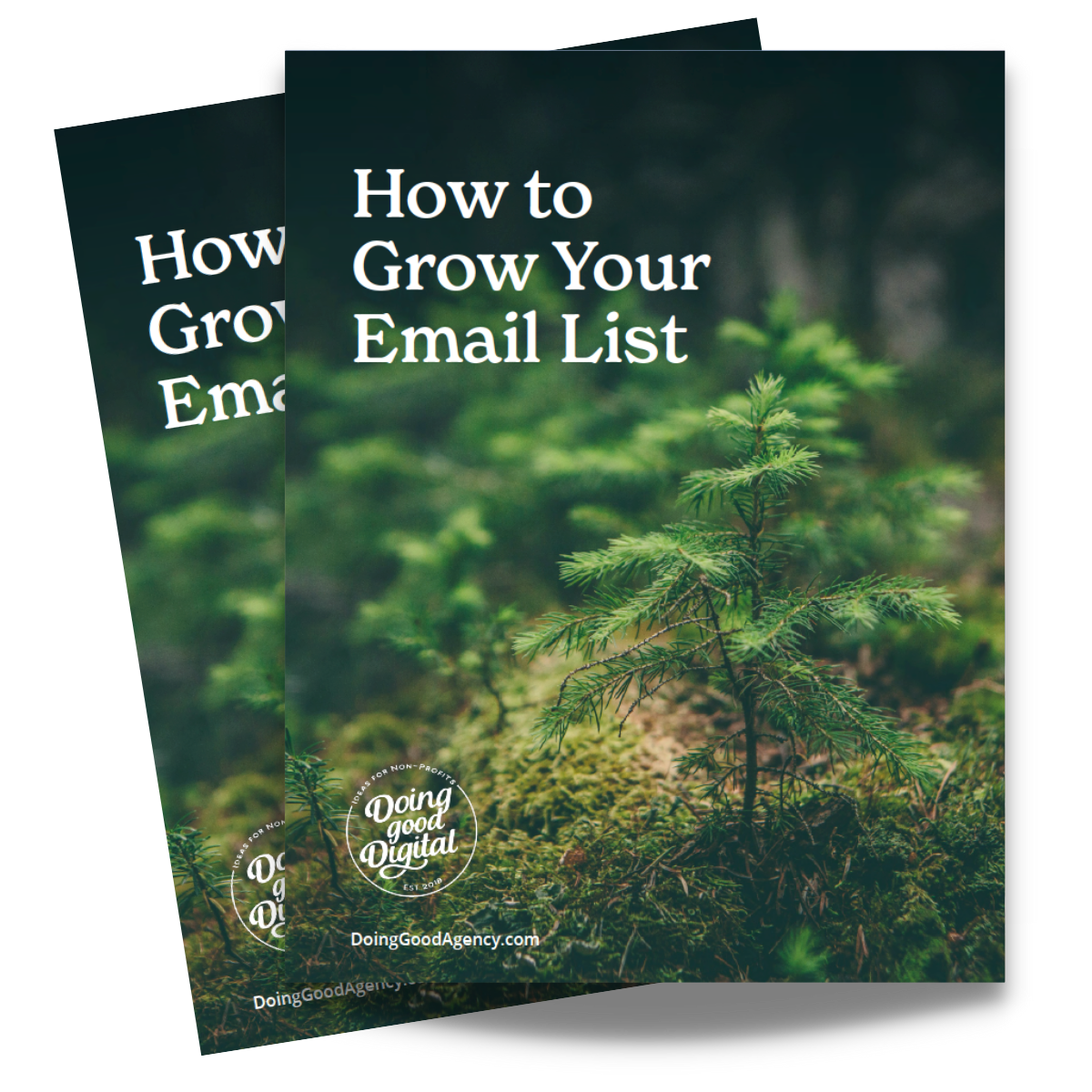3 Models to Structure Your Digital Grateful Patient Program

We covered the fundamentals of digital grateful patient programs in a previous post and showed how these fundraising programs can yield big benefits for healthcare organizations. Now let’s drill down to examine three common models for your digital grateful patient program:
Model 1: Campaign Style
In this model, patients receive one to two solicitation emails with hard asks. At least one of these solicitations should be patient-specific and related to their recent healthcare experience, but another can be more generic, such as solicitations surrounding Doctors’ Day, Giving Tuesday, or End of Year giving.
Depending on capacity and budget, organizations may choose to use an A/B test email format, with different messaging or imagery. The two email types can then be compared for open and giving rates, and that feedback can be incorporated into future digital messaging.
Patients who do not become donors in the initial solicitation series should be directed to a stewardship track consisting of some combination of monthly e-newsletters as well as automated stewardship touches. Unengaged emails should be removed after 90-180 days.
Model 2: Welcome and Ask
This model is essentially the same as the Campaign Style model but with one to two welcome emails at the beginning of the process. Healthcare organizations may choose this option if they believe their patient base could benefit from additional information and education regarding the organization. Welcome emails can provide this context while increasing donor awareness of digital grateful patient programs.
These emails can also provide more information about how digital patient program gifts make a difference for the organization, and why this special community of donors is vital to the ongoing care the organization provides.
As with the Campaign Style, non-converting patients should be directed to a stewardship track, and unengaged emails should be removed after 90-180 days.
Model 3: Stewardship Focused
This model focuses on stewardship, without the hard ask. It works best for organizations with large existing grateful patient programs, who want to focus on strengthening relationships with their current patient and donor base. Most organizations who opt for this model can safely assume that the majority of their patients have some familiarity with their grateful patient program and understand its value for the organization.
In this model, patients receive monthly e-newsletters and other automated stewardship touches on a regular basis. These touches can be related to events, news items, or special giving opportunities. Organizations can also choose to include content that is specific to the patient’s healthcare experience, and they may choose to make a soft ask. Unengaged emails should be removed after 90-180 days.
The key to a successful digital grateful patient program is to focus on the patient and their preferences. Patients should feel valued, appreciated, and informed about how and why giving matters. By using one of these models, or some combination of all three, healthcare organizations can create a digital grateful patient program that meets the needs of their patients and advances their mission.
We Can Help!
Feeling overwhelmed with how to structure your digital grateful patient program? Let us help you create a winning strategy that maximizes the dollars raised. Fill out this form to get started!





